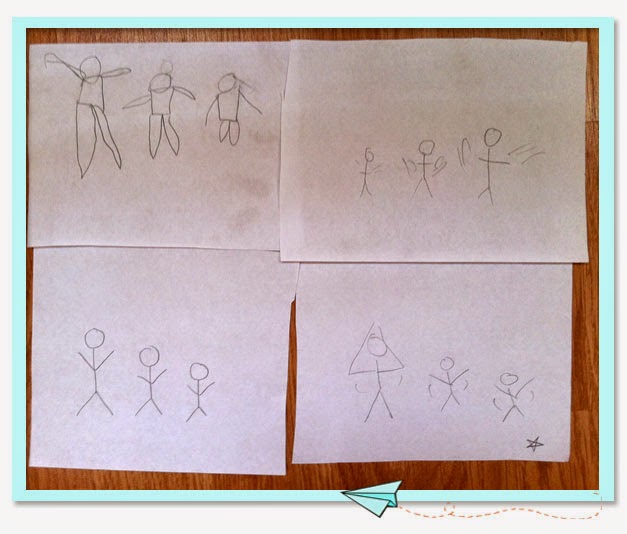So you want to learn how to draw. Drawing, whether realistic portraits
or fun cartoons and Japanese manga, all starts with the basics. Each
type of drawing has its own quirks and perks so you will have to take
some time to study each category but at the very beginning you want to
focus on these simple tips to get you started.
Get the Right Drawing Materials: Pencil and Paper
No
matter what you do, you'll have to start with the right set of pencils
and paper. Start with the right type of paper. Avoid sheets that are
glossy because they can be too smooth, preventing the surface from
catching the granite of the pencil's lead. Don't go for old paper either
because they catch too much. Office paper and printing paper are some
of the best.
As
for pencils, this can be complicated depending on your preferences but
there is a standard that most artists stick with. For your initial
sketches and outlines you'll want faint lines and a hard pencil is best
for that. Go for an HB pencil for those initial outlines. When you want
to start adding darker lines and shades then shift to soft grade
pencils. Most artists use 2B, 4B, and 6B grade pencils for darker lines
and shading.
Start by Drawing Basic Shapes
Professional
artists can draw shapes and lines right out of their head but for a
beginner you will want to start with a template. The best way to create
your own template is to master the basic shapes. By mastering how to
draw an oblong or egg you can learn to draw a human face. By mastering
how to draw squares, rectangles, and angled lines you can draw the
template to draw gigantic robots and war machines.
The
first place to start is the egg shape. Master this along with oblongs
and circles. Use them to draw faces. This will help you study the proper
proportion of the human face and later the human body. By mastering
this you can use basic shapes to draw a human figure in any pose.
The Use of Guidelines
Going
along with the topic of basic shapes, you will want to learn how to use
guide lines. This is where the faint lines of an HB pencil come into
play. There are many simple templates you could learn to master. Here's a
good sample:
- Guidelines in drawing the human face (cartoonish)
Start
by drawing an egg, with the point end at the bottom (it will serve as
your chin). You'll now want to draw a vertical line right down the
middle to divide the face into two equal parts. Now there are three
horizontal lines you will want to focus on. The first one is located 1/3
from the top and this will serve as the hairline or top edge of the
forehead. Halfway from the top draw another horizontal line and this
will serve as the area where you'll draw the eye line. The last
horizontal line is placed halfway from the nose line to the chin. This
is where the lips will be.
Study the Masters
Of
course one of the best ways to learn how to draw is to study the style
of art that you want to emulate. If you are fond of Japanese anime then
you'll want to look at some famous work and see how the shapes and lines
are drawn. If you are fond of realistic portraits then take a good look
at several famous artworks and look for similarities that you can
practice.
None
of this will mean a thing, however, if you don't sit down and draw. The
key to becoming a professional artist is to sit and spend hours
drawing. Draw anything. Don't just focus on what you are interested in.
Draw people, cartoons, flowers, buildings, and more. This will help you
grasp the full relationship of lines, proportions, and basic shapes.

















